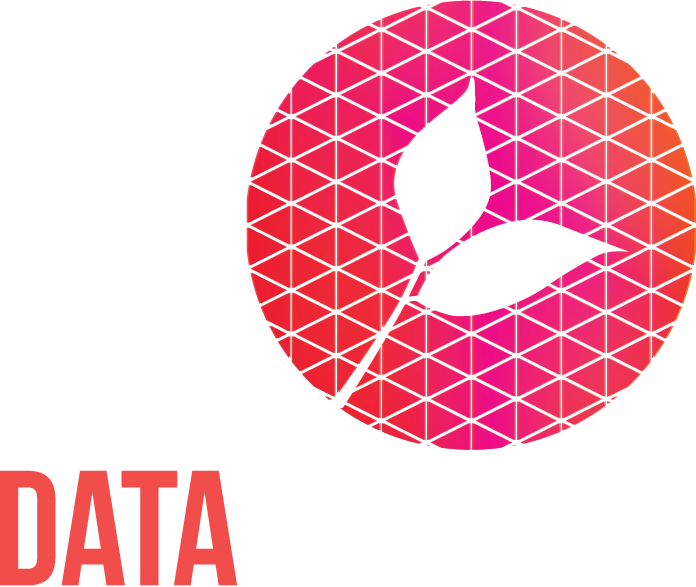15 resources to help you conduct a data maturity assessment
A step up from our free version, the organisational version of our Data Maturity Assessment allows an unlimited number of people within an organisation to take the assessment. It then provides the organisation with a collated report and central dashboard to review the combined results and benchmark against the rest of the sector (plus everyone gets their own individual report showing how they personally assessed the organisation).
Thousands of staff, working in all kinds of organisations, have used the paid version of our assessment tool since it was launched in 2020. Some organisations have been supported by us to deliver the assessment, some by other data support organisations, and others (such as Prostate UK) have managed the process completely by themselves.
Why is engaging staff in a whole organisation assessment important?
Since data means different things to different people and is used in so many ways in an organisation, getting multiple people to take the assessment is a key aspect of building engagement, learning and collective thinking about data. It’s helped organisations make a clear assessment of where they are now on their data maturity journey, to make the case for change and the need to prioritise areas of improvement, and to plan and develop clear strategies for doing just that.
Nearly two years on, and having supported lots of different types of organisations and networks to use our assessment, we’ve developed a useful selection of guidance documents, communications templates and graphics that can support lead staff to roll out the assessment in their organisation. This includes tips for engaging with staff and tools to make communicating about and delivering the assessment a smooth and simple process. We’re now sharing this resource pack completely free of charge when you purchase an organisational assessment. Here’s what’s included.
What’s in our resource pack?
How to conduct a Data Maturity Assessment: A short, 7-minute video and a template Powerpoint presentation to help you explain the Data Maturity Assessment to key people in your organisation.
Seven steps to conducting a Data Maturity Assessment: A two page guidance document summarising the process of conducting an assessment in your organisation.
Theory of change for the Data Maturity Assessment graphic: An infographic explaining how conducting a Data Maturity Assessment results in data maturity benefits and rewards for your organisation.
Standard questions in the Data Maturity Assessment: A pdf detailing all of the standard questions staff will be asked during the Data Maturity Assessment. (Your organisation will also be able to add up to three custom questions).
Template project plan: An Excel worksheet breaking down the different stages of activity for the project lead and suggesting timescales - this provides a starting point to help you plan the roll out.
Information on approaches and case studies: A concise guide to the different ways organisations can approach using the Data Maturity Assessment with staff, providing case studies of how other organisations have conducted their assessment and what worked for them.
Logo specification: Details of how to customise the Data Maturity Assessment with your organisation’s logo.
Example custom questions: Clients have the option to add up to three bespoke questions to their Data Maturity Assessment. We provide suggestions and guidance, particularly around how these can be used to support internal benchmarking.
Guidance on running a Data Maturity Assessment pilot: Before running a live data maturity assessment across a whole organisation, we recommend you run a pilot to test how the tool works, understand how to engage staff, and elicit feedback on the experience or different approaches. It’s also an opportunity to check there are no technical problems such as firewalls blocking the url.
Template staff invitation and checklist: When you invite staff to complete the assessment there’s some important information you need to include in the covering email (or presentation if you’re inviting people verbally). We provide a checklist of what to include and a sample email for you to customise.
Template news article: Our starting point for a news article on your intranet, newsletter or internal communications channels to explain the Data Maturity Assessment to your staff.
Data maturity framework graphic: An infographic summarising the seven key themes of data maturity and the five stages of the data maturity journey as outlined in our Data Maturity Framework.
Data maturity themes graphic: An infographic showing the sub-themes under each of the seven key themes of data maturity, as outlined in our Data Maturity Framework.
Template video script: Organisations often find it useful for a member of the senior leadership team to record a video talking about the assessment and why it is important to the organisation. This sample script can be used as a starting point when developing a short video.
Sample report pages and data files: We show you what your custom sign up and report pages will look like, and what you will get when you ask for the raw data (sample csv files of both the standard respondent list or anonymised version).
